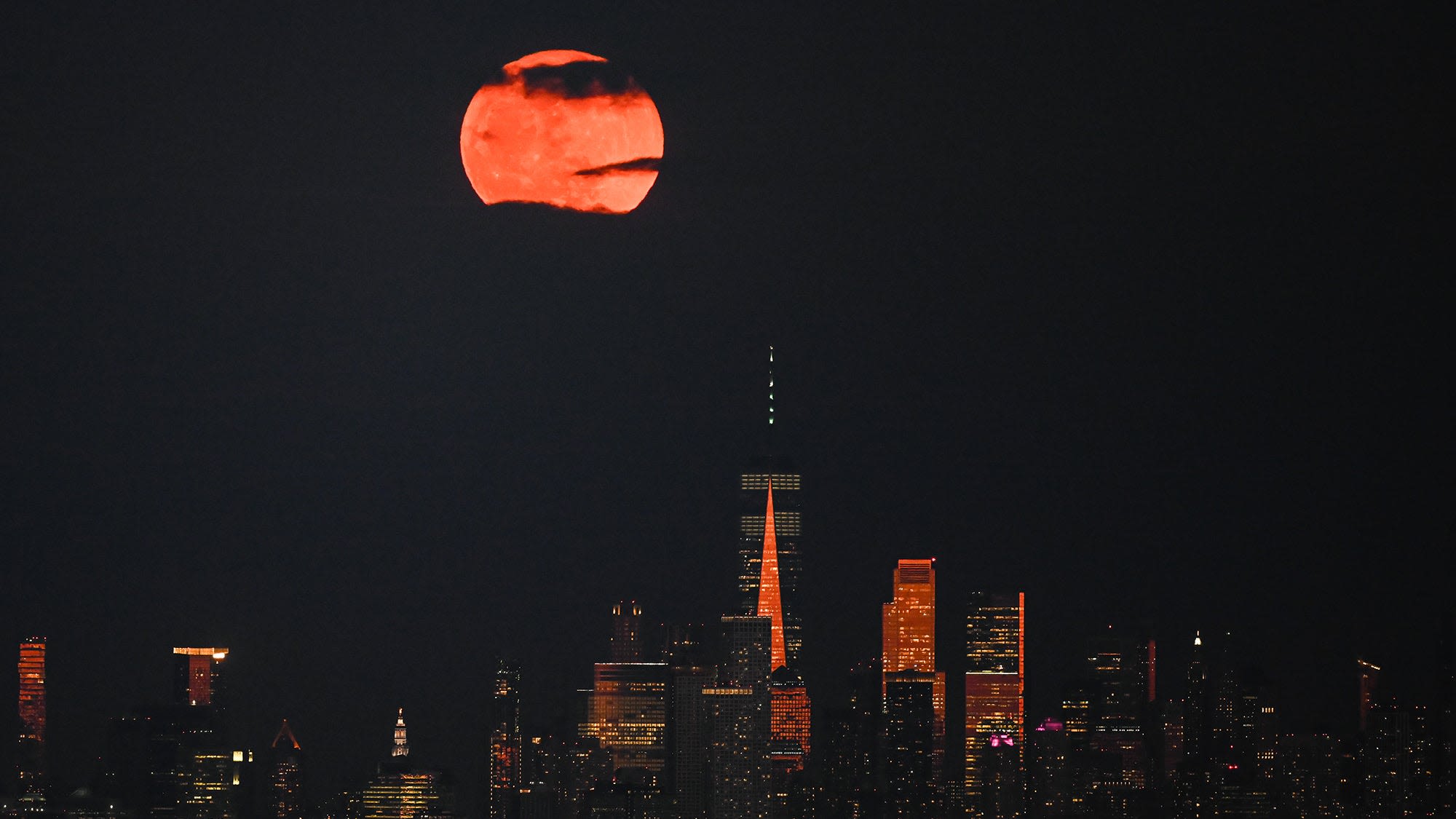Search results
News about Anne Hathaway, pop music, boy bands
Also in the news
Earth's Moon is the brightest and largest object in our night sky. The Moon makes Earth a more livable planet by moderating our home planet's wobble on its axis, leading to a relatively stable climate. It also causes tides, creating a rhythm that has guided humans for thousands of years.
Sep 7, 2023 · The Moon is Earth’s only permanent natural satellite, and it’s the fifth-largest satellite in our solar system. The Moon’s diameter is approximately 2,160 miles (3,475 kilometers), or about...
Special Moon Events in 2024. Super New Moon: Feb 9; Micro Full Moon: Feb 24; Super New Moon: Mar 10; Micro Full Moon: Mar 25; Penumbral Lunar Eclipse visible in Roanoke Rapids on Mar 25; Super New Moon: Apr 8; Blue Moon: Aug 19 (third Full Moon in a season with four Full Moons) Super Full Moon: Sep 17
Apr 22, 2024 · Quick Facts: Earth has just one moon – a rocky, cratered place, roughly a quarter the size of Earth and an average of 238,855 miles away. The Moon can be seen with the naked eye most nights as it traces its 27-day orbit around our planet. Credit: NASA/JPL-Caltech.
Loading Moon Maps... ... Search
It travels around our planet once every 27.322 days in an elliptical orbit, an elongated circle. The Moon is tidally locked with Earth, which means that it spins on its axis exactly once each time it orbits our planet. Because of this, people on Earth only ever see one side of the Moon. We call this motion synchronous rotation.
Overview From Space. Phases. Our Wobbly Moon. Earthshine. Daytime Moons. Overview From Space. Imagine you’re in a spaceship, traveling away from Earth. As you sail onward, you see our planet and its Moon locked together in their endless, circling, gravitational embrace.






